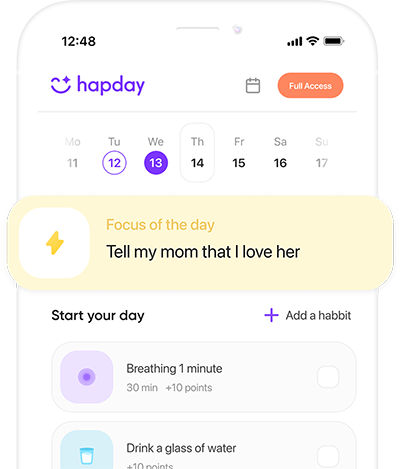Table of Contents
- The Impact of Childhood Trauma
- How Trauma Affects the Brain
- Recognizing Emotional Triggers
- Identifying Triggers
- Coping with Emotional Triggers
- Cognitive-Behavioral Techniques
- Grounding Techniques
- Seeking Professional Help
- Building Resilience
- Developing Support Networks
- Fostering Self-Compassion
- Setting Realistic Goals
- Conclusion
The Impact of Childhood Trauma
Childhood trauma isn’t just a sad story—it’s the stuff that messes with your life in a big way. We’re talking about those adverse experiences that kids shouldn’t have to face: abuse, neglect, or chaotic family situations. According to the National Child Traumatic Stress Network, over two-thirds of kids experience at least one traumatic event before they even turn 16. Yikes, right? These experiences can shake up brain development and stress systems big time, laying the groundwork for emotional triggers later on.
How Trauma Affects the Brain
Trauma doesn’t just pull at your heartstrings—it messes with your brain. Research shows that trauma can tinker with parts of your brain like the amygdala, hippocampus, and prefrontal cortex. These areas are all about emotions and memory. Imagine the amygdala getting hyperactive: you’re always on edge or anxious because it can’t chill out—sound familiar?
Recognizing Emotional Triggers
Let’s talk about triggers. An emotional trigger is any little thing that can set you off—a person, a place, or even an old memory. These reactions can be way bigger than the situation calls for, probably because they’re tied to those past traumas. Ever noticed how certain anniversaries or environments send you spiraling? That’s the trauma talking.
Identifying Triggers
Step one to managing these pesky emotional triggers? Recognize them. Here’s some food for thought:
- Reflect on Emotional Reactions: Keep a journal. Jotting down your emotions and the situations that bring them out can uncover some pretty consistent patterns.
- Mindfulness Practices: Trying meditation can lift the veil on self-awareness, making those sneaky triggers easier to spot.
Back in 2021, a University of California study found that mindfulness training seriously toned down emotional overreactions in trauma survivors. Talk about a powerful tool for tackling emotional quicksand.
Coping with Emotional Triggers
Once you’ve identified your triggers, it’s all about managing them—because who wants to be a permanent wreck, right? Here are some strategies to consider:
Cognitive-Behavioral Techniques
Cognitive-Behavioral Therapy (CBT) is often the go-to for untangling the negative thought loops tied to trauma. This approach helps people reframe their thinking and respond more healthily to triggers.
Grounding Techniques
Staying grounded can keep you from getting bogged down by traumatic recollections. Consider these techniques:
- 5-4-3-2-1 Technique: Name five things you can see, four you can touch, three you can hear, two you can smell, and one you can taste. This one’s a game-changer.
- Deep Breathing: Slow, deep breaths can quiet anxiety and anchor you to the present.
Seeking Professional Help
Sometimes, you gotta call in the pros. Trauma-informed therapy centers on addressing the impacts of trauma and building coping skills. Ever heard of EMDR (Eye Movement Desensitization and Reprocessing) therapy? It’s been shown to help a lot with reducing PTSD symptoms by taking the sting out of trauma memories.
Building Resilience
Despite the shadows childhood trauma can cast, building resilience is totally possible and super important. Resilience is all about bouncing back—adapting positively in the face of life’s curveballs. Here’s how to build it:
Developing Support Networks
Got a great social support network? Hold onto it. A solid network can offer validation and understanding, key ingredients in weathering the storm that is stress and trauma, as research shows.
Fostering Self-Compassion
Being kind to yourself matters, big time. Embrace self-compassion by treating yourself with warmth and acceptance. None of that shame or guilt stuff. In the Clinical Psychology Review, self-compassion was found to be a buffer against trauma-related symptoms.
Setting Realistic Goals
Set yourself some doable goals. Breaking goals into bite-sized chunks can boost confidence and ward off that overwhelming helplessness that often comes with trauma survival.
Conclusion
Navigating emotional triggers springing from childhood trauma is no walk in the park. It’s a journey needing time, self-awareness, and yeah, maybe some professional guidance. By recognizing trauma’s impact, spotting triggers, and arming ourselves with coping strategies, we carve a path to healing and resilience. Not just for personal growth but for healthier relationships and a fulfilling life.
Getting a handle on childhood trauma’s effects is simply essential for emotional healing. Taking action, in the long run, is bound to bring about major improvements in one’s mental health and overall well-being. Let’s get started—check out the Hapday app for personalized mental health tools and resources!

